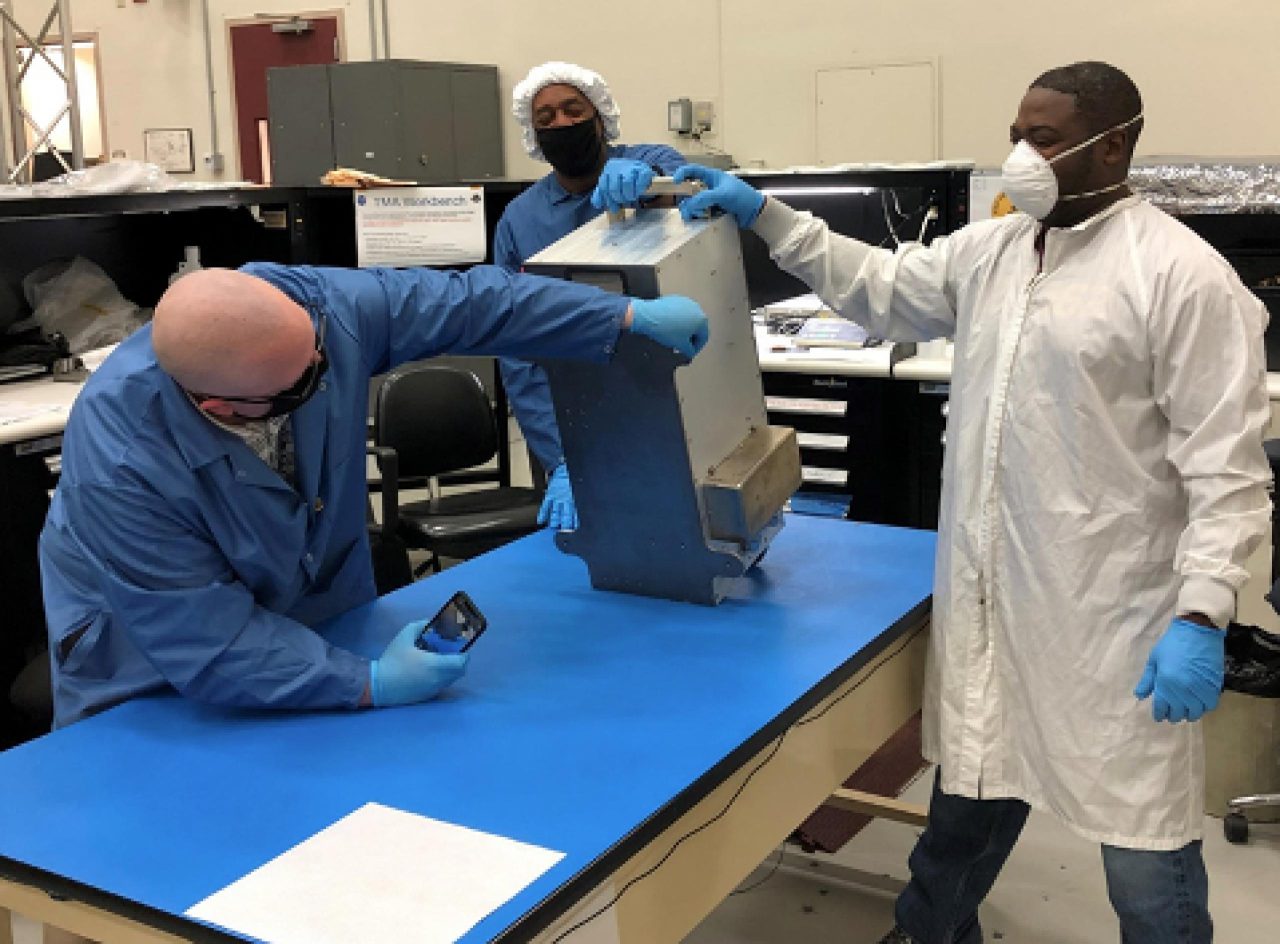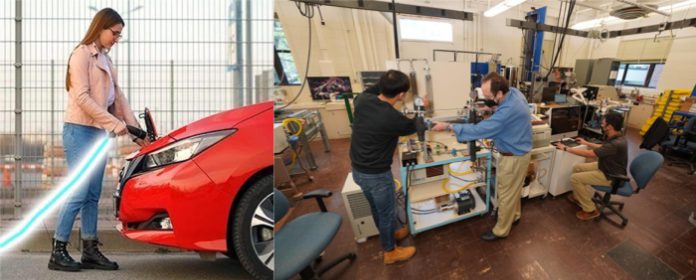Paris is called the “City of Lights” because it was an early adopter of street illumination, with 56,000 gas lamps throughout the city by the 1860s. But those were eventually replaced by electricity because the French harnessed the technology that came their way. When it comes to automobiles, it’s looking like a similar transition will approach in the ensuing decades. And, according to Motor Trend, NASA may hold the answer.
These days, charging EVs is an arduous regimen, often taking as long as 10 hours for a full charge. Even the ubiquitous Tesla requires 40 minutes to achieve 80 percent charge. Would you spend 40 minutes pumping gas? The modern-looking Hyundai Ioniq 5 can achieve the same charge in 18 minutes, but I don’t know anyone who spends 18 minutes pumping gas unless they’re waiting in line at Costco.

So, NASA to the rescue! A team sponsored by NASA’s Biological and Physical Sciences Division is working on solutions to bring consumers fast EV charging based on tech that has been developed in space, specifically where “massive temperature differentials require massive heat transfer capabilities.” An experiment called the Flow Boiling and Condensation Experiment (FBCE) that is installed in the International Space Station is giving NASA scientists insight to determine if the system can provide the “claimed orders-of-magnitude benefits” with the efficiency of heat transfer.
Using a technique called “subcooled flow boiling,” FBCE “efficiently transfers heat by taking advantage of both the liquid’s lower temperature and the ensuing change of phase from liquid to vapor.” This is important because the faster the charging, the higher the temperature for the charging cables. Cables need the cooling to be viable for us on the street.

The best chargers today handle about 520 amperes of current. NASA’s subcooled flow boiling transfers current at 4.6 times that rate, meaning up to 2,400 amps, exceeding the 1,400 amps needed to charge today’s EVs in five minutes.
Let’s assume this technology is the solution that will trickle down to consumers — when will it occur? If scientists already are playing around with five-minute charges, then perhaps California’s 2035 zero-emissions mandate will be perfectly timed. But, to paraphrase the Beatles, tomorrow never knows until we get there.





